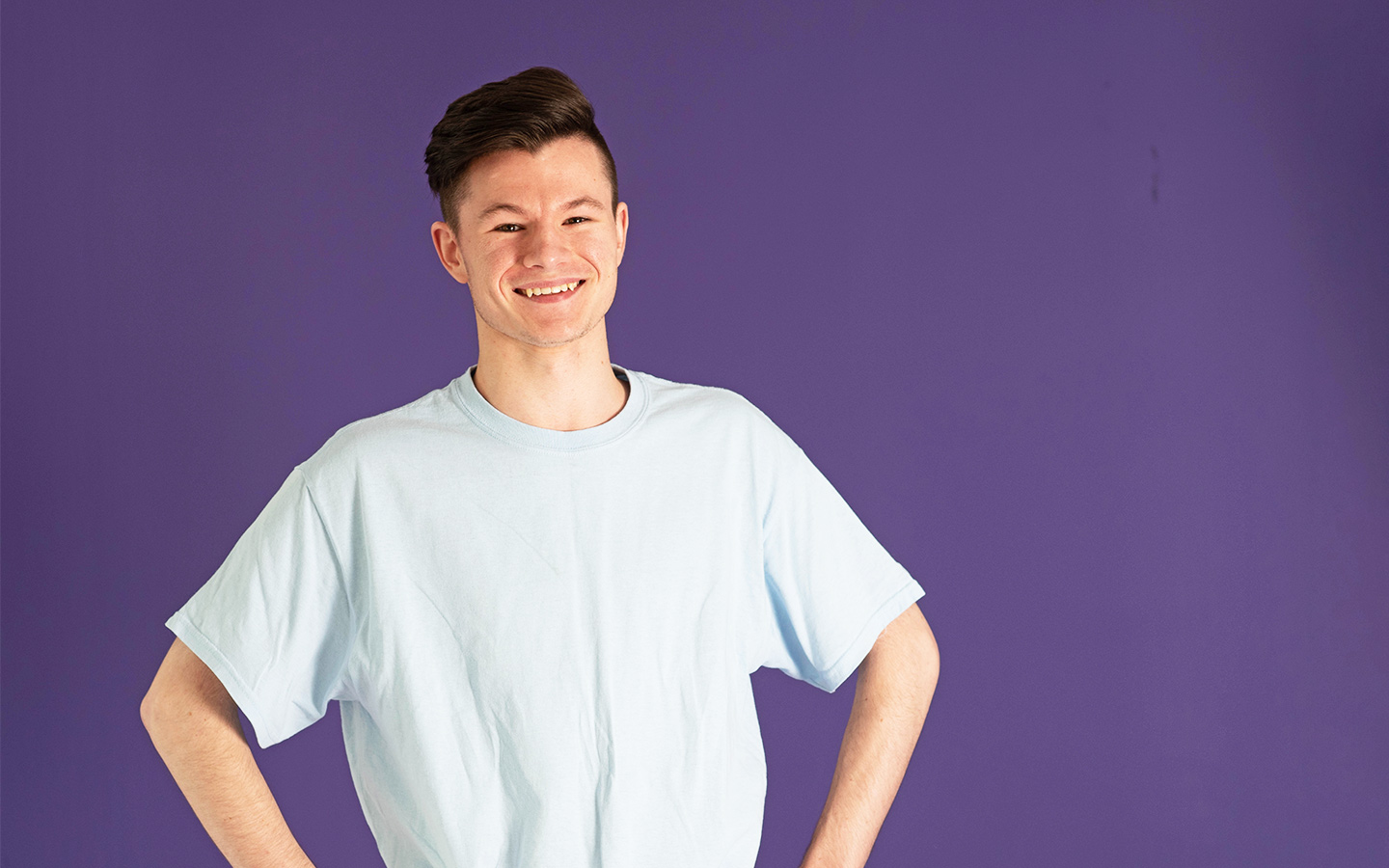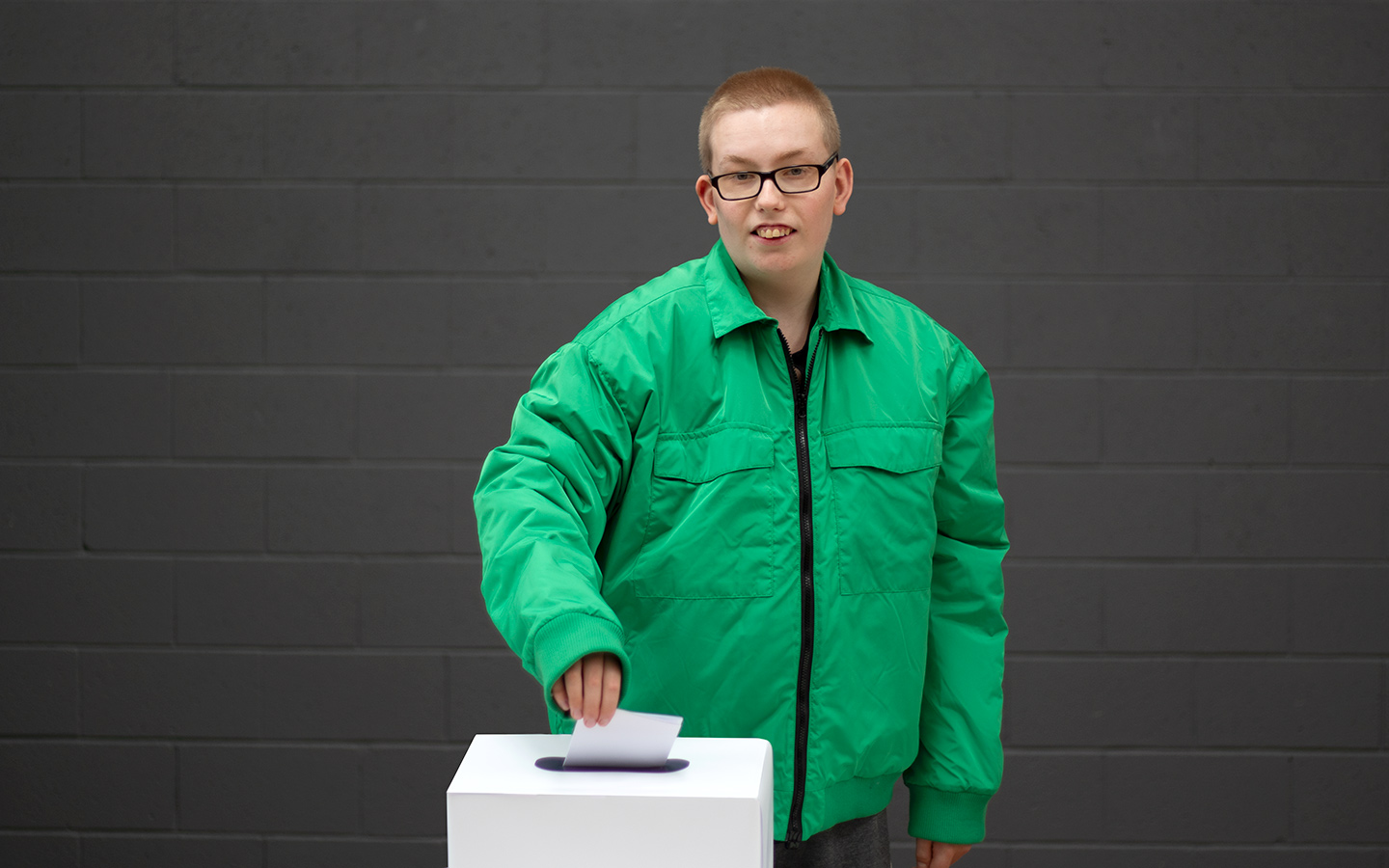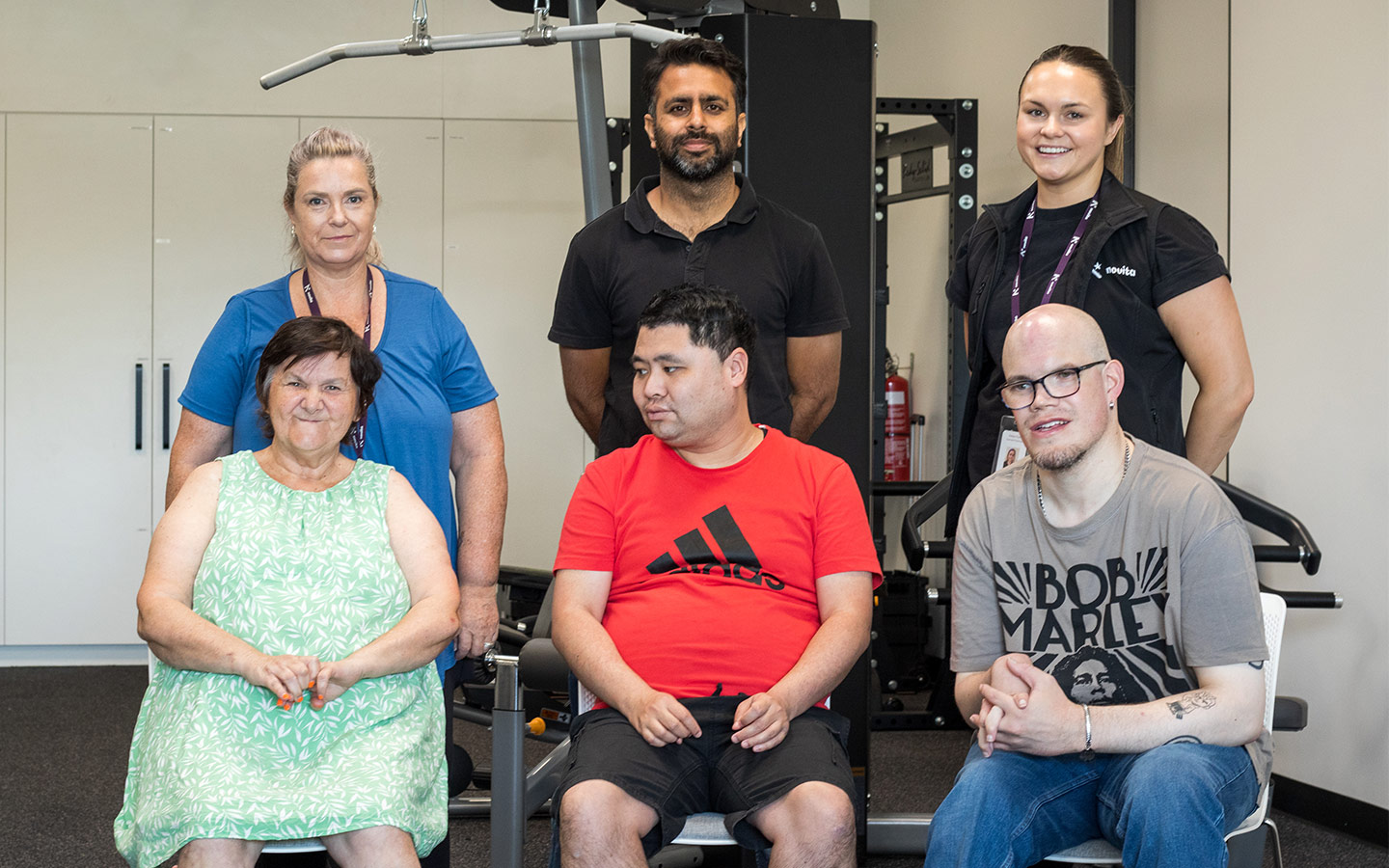Helpful Information
What’s it like for an adult to be diagnosed with Autism?
access_time4min read

According to the Autism Cooperative Research Centre (Autism CRC), under-diagnosis of autism in the adult population is an issue. A spokesperson said, “It is likely that the number of adult Australians with an autism diagnosis is significantly less than the number who would meet the diagnostic criteria for autism.” Girls often fall under the radar as females are four times less likely to be diagnosed than males.
This article includes comments from several people who were diagnosed with autism later in life. Among them is British naturalist, TV- presenter and author Chris Packham and comedian Hannah Gadsby. Many people living with autism who are undiagnosed struggle to make sense of why they are different.
According to The Conversation, these people ‘will not have received the care, benefits, support or advice that people with a diagnosis are given. Instead, the judgements made about their behaviour may well have led to marginalisation, anxiety and insecurity and self-doubt about who they are and how they fit into society.’
Chris Packham
British TV- presenter Chris Packham wasn’t diagnosed with autism until his 40s and he well remembers the confusion he felt growing up: “What made me upset was that I didn’t understand it. I didn’t understand why I was getting picked on and excluded. It was the confusion that was the agony”.
Hannah Gadsby
In an interview on The Project in 2019 Hannah Gadsby says she wished she could have asked for help: “At school, I could have done with some help. Just even knowing that I don’t think like other people would have been enormously helpful. And definitely, once I left home, life was unnecessarily hard for me and I really wish I could have known I could ask for help”
Though Hannah says there was a certain amount of “grief and confusion” when she was diagnosed, for her getting a diagnosis had a positive aspect.
“I used to be quite repressed,” she says, describing herself as “the strong silent type” comparing herself to the character Eeyore.
“Since diagnosis, I’m embracing my Winnie the Poo”, Hannah says, referring to the charming, happy bear.
Hannah talks about reconciling the different parts of herself and the ways she thinks saying about her experience of her diagnosis “It’s been really quite wonderful”.
Asked about the positive aspects of her diagnosis she says “It’s a framework to better understand yourself”
Understanding yourself better through a diagnosis
The idea of better understanding yourself through a diagnosis resonates with Julianne Higgins, who was diagnosed with autism at the age of 63: “It gave me answers and also a context and perspective through which to understand myself and my life.”
For Pia Bradshaw, who was diagnosed at 31 a diagnosis has allowed her to “move down the road of self-acceptance, confidence and love.”
A lot of people living with ASD (Autism Spectrum Disorder) see the positive side of ASD.
Hannah Gadsby says “Often the idea of autism is that it’s a tragic existence…” but her advice to people is “don’t discount the fun we have in our own heads”
Julianne Higgins wants to stress that there is so much richness and wealth in the autistic mind if only society could put aside its prejudices and misconceptions.
According to Pia Bradshaw, “we are able to experience and see the world through a different lens, and that in itself is a beautiful gift.” She argues that it is important for autism to not be seen as just a cluster of deficits – the term “spectrum” is used to emphasise that autism presents differently in every single person – some display certain talents and abilities. She points out that many of the technological advancements that we enjoy today were created by autistic minds.
Her own autism has given her, among other things, a flair for understanding “intricate concepts and systems, a good eye for detail and identifying errors; and an almost innate understanding of foreign languages.”
Chris Packham also attributes part of his success as a naturalist to living with ASD. He argues that “…we need to understand autistic people better, not try to change who they are.”
Though it can be hard for someone to hear that they are living with ASD, it can be a relief for parents and it gives them (as Hannah Gadsby says) a real proactive framework to the struggle. An ASD diagnosis can help people make sense of themselves and why they might be different and allows them access to services that can help them to achieve their goals. Though people with ASD may need support, there may be positives to having a neurological difference and if we could all embrace that difference rather than see it as something to be scared of, the world would be a much better place.


